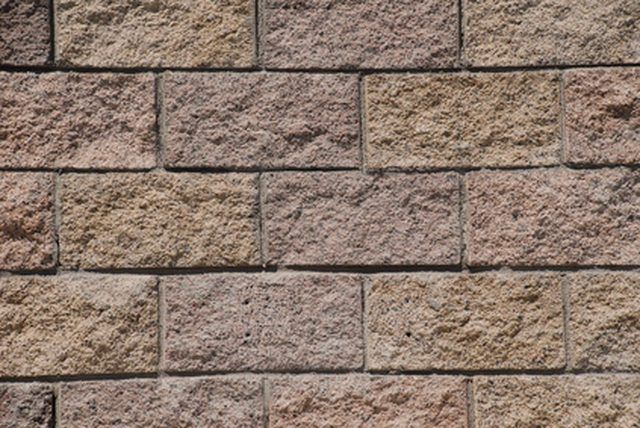Bulbs
Flower Basics
Flower Beds & Specialty Gardens
Flower Garden
Garden Furniture
Garden Gnomes
Garden Seeds
Garden Sheds
Garden Statues
Garden Tools & Supplies
Gardening Basics
Green & Organic
Groundcovers & Vines
Growing Annuals
Growing Basil
Growing Beans
Growing Berries
Growing Blueberries
Growing Cactus
Growing Corn
Growing Cotton
Growing Edibles
Growing Flowers
Growing Garlic
Growing Grapes
Growing Grass
Growing Herbs
Growing Jasmine
Growing Mint
Growing Mushrooms
Orchids
Growing Peanuts
Growing Perennials
Growing Plants
Growing Rosemary
Growing Roses
Growing Strawberries
Growing Sunflowers
Growing Thyme
Growing Tomatoes
Growing Tulips
Growing Vegetables
Herb Basics
Herb Garden
Indoor Growing
Landscaping Basics
Landscaping Patios
Landscaping Plants
Landscaping Shrubs
Landscaping Trees
Landscaping Walks & Pathways
Lawn Basics
Lawn Maintenance
Lawn Mowers
Lawn Ornaments
Lawn Planting
Lawn Tools
Outdoor Growing
Overall Landscape Planning
Pests, Weeds & Problems
Plant Basics
Rock Garden
Rose Garden
Shrubs
Soil
Specialty Gardens
Trees
Vegetable Garden
Yard Maintenance
How to Build a Concrete Block Planter
How to Build a Concrete Block Planter. Garden planters add special definition to your garden. The walls can form boundaries from one part of your yard to another. Building these planters from scratch rather than buying them from a store gives you a lot of flexibility. You determine the size and shape of the planter as well as its depth. Built-in...

Garden planters add special definition to your garden. The walls can form boundaries from one part of your yard to another. Building these planters from scratch rather than buying them from a store gives you a lot of flexibility. You determine the size and shape of the planter as well as its depth. Built-in planters also add permanence to the yard, called hardscape. Hardscape helps make an outdoor space feel finished.
Things You'll Need
Tape measure
Spray paint
Shovel
Concrete
Cement blocks
Mortar
Rebar
Trowel
Dig a trench around the perimeter of your planter. Dig 8 inches deep with straight sides. Mix concrete and water in a large wheelbarrow according to package directions. Pour the trench half full of concrete. Lay two pieces of 1/2-inch rebar in the trench on all sides. Fill the trench with concrete. Let the foundation set overnight.
Spread 1/2 inch of mortar on the bottom and sides of an L-shaped block. Set the block in the corner of the planter. Lay the entire first row, or course, of blocks.
Set the second row of blocks. Set each block so its joint is centered over a block beneath it.
Slide rebar into the space inside the block. Set 15-inch rebar into the open space of every other block. Pour concrete into the hole with the rebar to fill the space.
Set any additional rows of block you may want, depending on your planterís size and height.
Spread mortar along the bottom and sides of a concrete cap piece. Set the cap on top of the wall. Leave two inches of overhang on the sides of the planter. Let the mortar set overnight.
Tips & Warnings
Paint your concrete block to coordinate with your homeís color scheme. Use outdoor masonry paint on the concrete block.